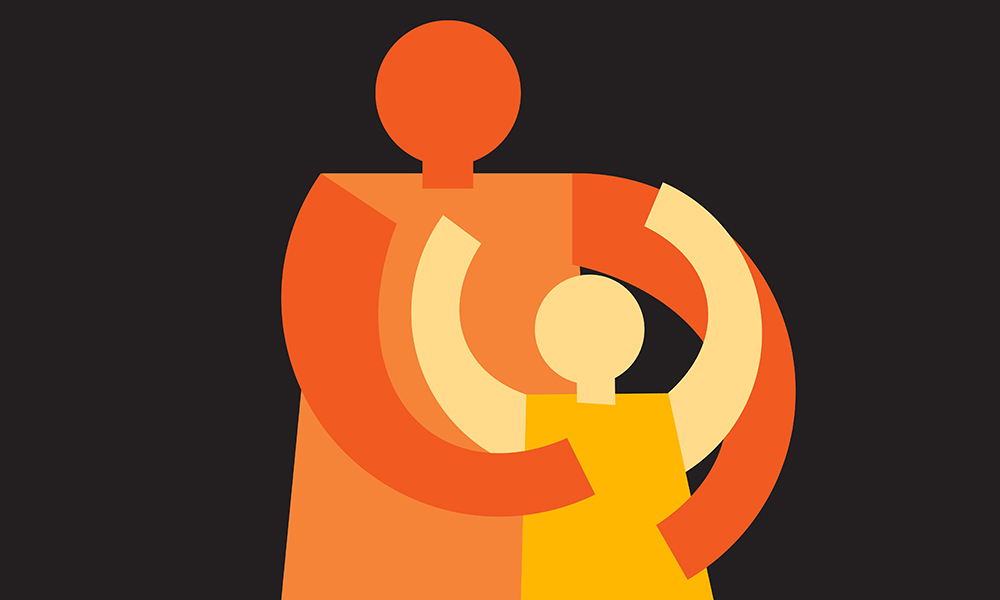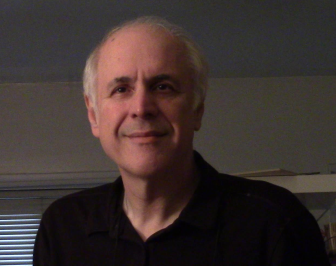
One of the problems with the whole child welfare debate is that we all say pretty much the same things — but we attach very different meanings to very similar words.
No one ever says, “Foster care should be the first resort” when there’s a family problem. Everybody says it should be the last resort. But clearly “last resort” means something different in, say, Los Angeles than it does in Chicago — since Los Angeles tears apart families at well over triple the rate of Chicago.
Similarly, no one ever says, “Boy, do I hate prevention. If there’s one thing I can’t stand, it’s prevention!” But what we mean by prevention, how much we’re willing to spend on it and where we propose to get the money vary enormously.

So it was with an ear toward the nuances of child welfare-speak that I listened to an interview on KPCC Public Radio with Bobby Cagle, who has just begun running the child welfare system in Los Angeles County.
I’ve previously written about why Cagle is a poor choice for the job. When he ran the child welfare system in Georgia, the number of children in foster care skyrocketed — and child safety declined. In 2016 alone, 14 percent of the entire national increase in foster care came from Georgia. In contrast, under his predecessor, foster care decreased and child safety improved.
There was nothing reassuring in the KPCC interview. It suggests a child welfare leader blind to the system’s failings and too tyrannized by his own personal, highly unusual foster care experience to understand how much harm the system does to most children most of the time.
Even the interviewer seemed surprised at how unwilling Cagle seemed to be to acknowledge system failure in any meaningful way.
Whitewashing abuse in foster care
The first alarming element in the interview has nothing to do with nuance.
Cagle is asked: What if you take a kid out of a bad situation and aren’t putting them in a safe place? How do you balance the complexities of removing kids from an unsafe home? He replies: “The data here shows that children are maltreated very very rarely in the foster care system.”
That is simply not true. Yes, the official statistics state and local child welfare agencies put forth when they investigate themselves show a low rate of abuse in foster care. But independent studies show the real figures are much higher. I discussed this in detail in Youth Today when another child welfare official made a similarly preposterous claim.
As with that official, I’m not sure which is worse: If Bobby Cagle genuinely doesn’t know about the research or if he misled listeners on purpose. Or there’s a third possibility: He is, to use a favorite phrase of child welfare caseworkers everywhere, “in denial.”
Trivializing the harm of removal
Here’s where the nuance comes in.
Yes, Cagle paid lip service to the fact that it’s traumatic for a child to be removed from her or his home. But he did it in a way that actually minimizes, even trivializes, that trauma. Said Cagle:
“In the very worst circumstances, I have taken children out of homes kicking and screaming with the assistance of law enforcement because kids love their families no matter what …”
By saying that this sometimes happens in the worst cases, Cagle subtly obscures the trauma done in all those other cases where the removal is unnecessary. And he suggests that the only problem is that the child doesn’t want to be removed.
But, of course, every good parent knows that children often want things that are not good for them — things they shouldn’t have. So Cagle is actually trivializing the trauma, suggesting it’s like not letting a child eat only ice cream or stay up every night past his bedtime.
In contrast, recall the research on typical child welfare cases comparing actual outcomes for children placed in foster care and comparably maltreated children placed in foster care. Those outcomes — the children left at home typically did better — tell us what children need.
Or consider what researchers found when they compared two groups of children born with cocaine in their systems, one group placed in foster care, another left with birth mothers able to care for them. After six months, the babies were tested using all the usual measures of infant development: rolling over, sitting up, reaching out. Typically, the children left with their birth mothers did better. Again, the infants were telling us what they needed.
Or, to paraphrase the great child welfare scholar Mick Jagger, children shouldn’t always get what they want. But we should try to get them what they need. And what they need usually is their own parents.
Ignoring first principles
Nuance also is important to understanding this question and answer from the radio interview:
Q: You were commissioner of Georgia’s Division of Family and Children’s Services, which has seen an increase of children in foster care: 9,000 in June of 2014 to 13,000 in March of 2017. In your opinion, does foster care make kids safer?
A: It can. I have to tell you, I come from a different place on this subject because I was in foster care at the very beginning of my life. Foster care, when done well, is good for kids, especially when they come from difficult situations which we see often. …
First of all, foster care is only supposed to be used when children come from “difficult situations” — remember, it’s a last resort! So what he’s saying is that foster care, when done well, is good for the children we put into it.
It’s not clear if he means good for all kids they choose to put into it, or good for only some of them. At first blush, it would seem hard to argue with the latter. After all, there are a small percentage of children in the system who come from families where parents really did beat, rape and torture them — one need think only of the recent horrors revealed in a home in Riverside County, California.
For such children foster care can be, literally, a life saver. And yes, there are great foster parents who transform children’s lives. Exhaustive research tells us this is far from the typical experience, but it happens.
But to leap from this to simply saying foster care, done well, “is good for kids” flies in the face of what should be one of the most fundamental tenets of child welfare — the concept of the least detrimental alternative.
The least detrimental alternative
Currently, almost all state laws involving custody of children are liberally sprinkled with the phrase “best interests of the child.” But that is a phrase filled with hubris. It says we are wise enough always to know what is best and capable always of acting on what we know. In fact, those are dangerous assumptions that can lead us to try to fix what isn’t broken or make worse what is.
More than 40 years ago, three scholars, Albert Solnit, Joseph Goldstein and Anna Freud, proposed an alternative phrase. They said “best interests of the child” should be replaced with “least detrimental alternative.”
“Least detrimental alternative” recognizes that whenever we intervene in family life we do harm. Sometimes we must intervene anyway, because intervening is less harmful than not intervening. In other words, foster care done well is not “good for children.” But sometimes it is less bad than any other option.
The phrase “least detrimental alternative” is a constant reminder that we must always balance the harm that we may think a family is doing against the harm of intervening. It is exactly the shot of humility that every child welfare system needs.
The work of Goldstein, Freud and Solnit is well-known to child welfare professionals. Parts of three short books they wrote in the 1970s and 1980s became the profession’s bible — and transformed child welfare.
But the key word is “parts.” Much as religious fundamentalists do with that other Bible, the child welfare establishment cherrypicked from the work of Goldstein, Freud and Solnit. They took out of context those parts that encouraged things like swift termination of parental rights, while ignoring almost the entire second volume (their “New Testament”), which calls for setting a vastly higher standard before ever intervening in a family in the first place. And of course, they ignored all that stuff about the “least detrimental alternative.”
The tyranny of personal experience
By simply saying that foster care done well “is good for kids,” instead of invoking the concept of the least detrimental alternative Bobby Cagle signals a dangerous blindness to the reality of foster care for most children — in other words, children who had an experience different from Bobby Cagle.
Because Bobby Cagle’s own experience — placed as an infant and swiftly adopted into one stable home — is highly unusual. When Bobby Cagle says, “I come from a different place on this subject because I was in foster care,” that’s only part of the story. He comes from a different place because he had a different foster care experience.
Would Cagle be so sanguine about foster care had he been moved from foster home to foster home and abused in foster care?
That is the problem with personal experience — it’s personal. It has the potential to inform, but it also can tyrannize. Someone whose foster care experience was so horrible, and who is so tyrannized by that experience, that he can’t see that some children really must be taken from their parents is not the best choice to run a child welfare system. But neither is someone whose personal experience leads him to see the system through rose-colored glasses.
Richard Wexler is executive director of the National Coalition for Child Protection Reform.





























